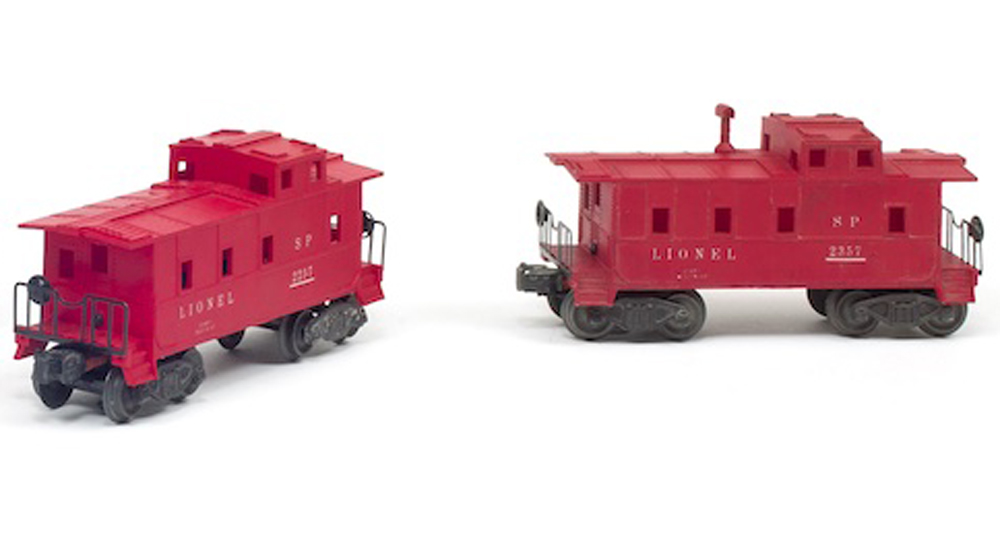
Lionel’s Nos. 2257 and 2357 cabooses changed the line of toy trains in notable ways. The all-but-identical models, first cataloged in 1947, introduced three-rail enthusiasts to a type of caboose that looked different from what Lionel had been showcasing during the final years of the prewar period and the first two years of the postwar […]
Read More…
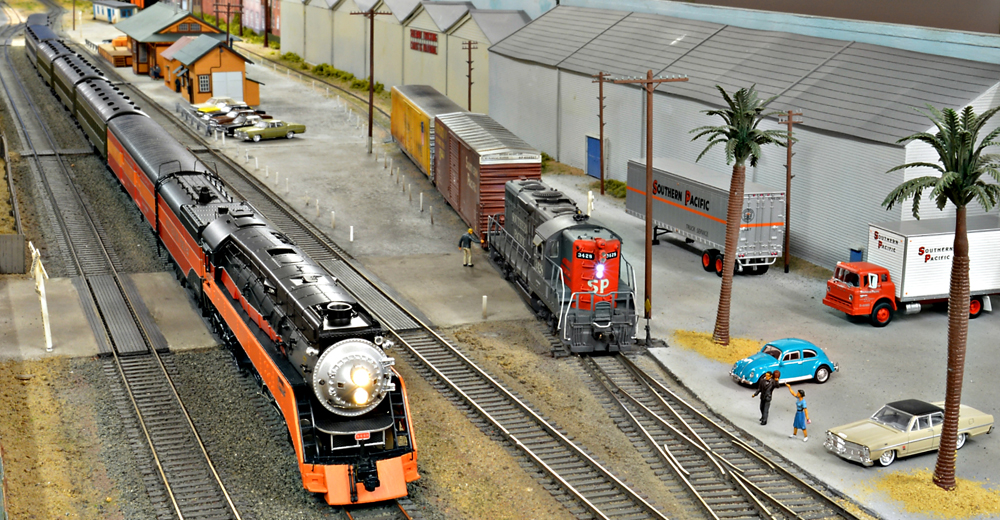
We’ve all been there before. Seated at the drafting desk, or perhaps the workbench, depending on how your layout room or workshop is set up, notebook open, pen in hand, writing out a list of desired traits for your soon-to-begin model railroad, maybe sketching possible track plans in the margins. A tale as old as […]
Read More…
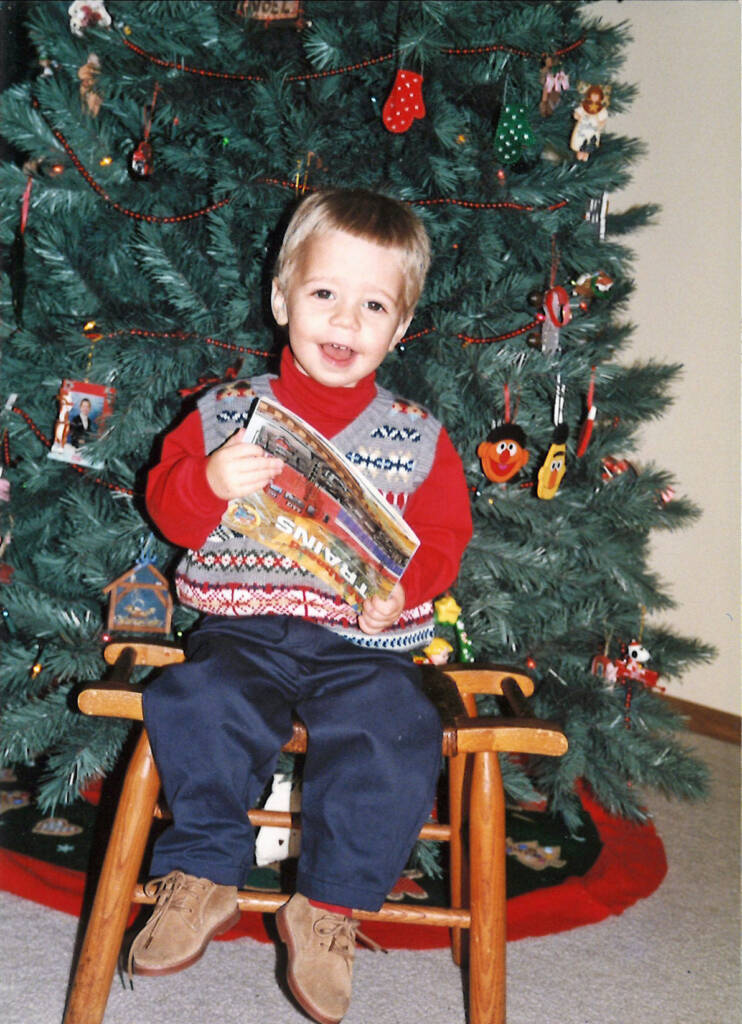
Okay let me be the first to say, I am childless. However when a friend of mine told me that he and his wife were expecting, I immediately started to wonder what they would name the child. The next day I brought up the idea to a colleague and said that I thought Norfolk would […]
Read More…
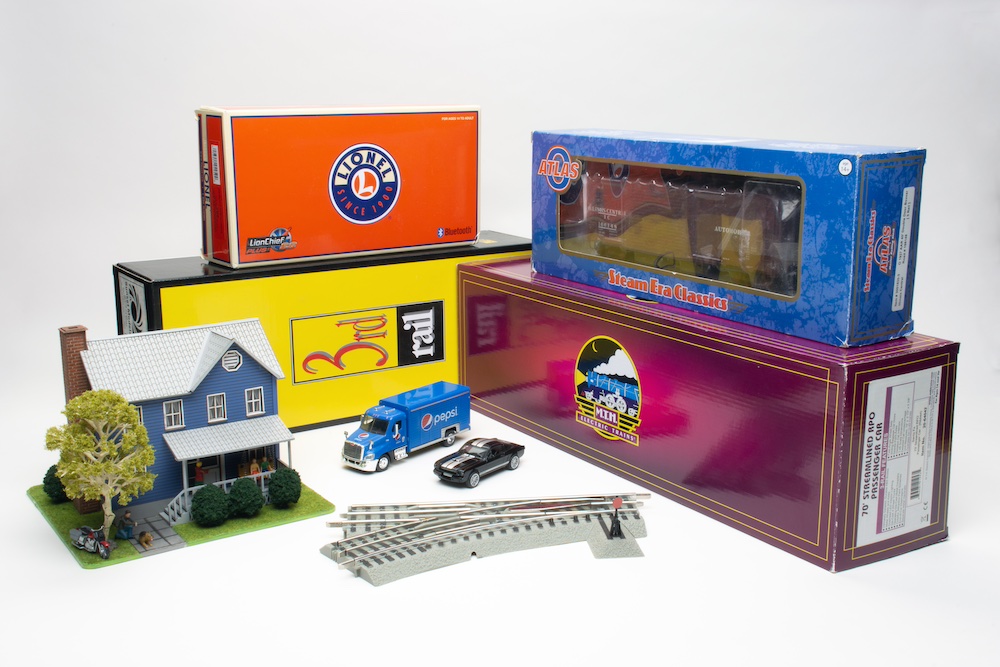
Manufacturers come and go in model railroading, and the O gauge market is no exception – 2 or 3 rail, scale or semi scale. From vast offerings to specific products, let’s find out who is producing today for the customer. If you know of a manufacturer not on this list, please contact us at editor@classictoytrains.com. […]
Read More…

Are MTH Premier SD60M shells interchangable I have the MTH No. 20-2595-1 Premier Line Harley-Davidson SD60M freight set from around 2005. I ran it a few times before the circuit board fried. At the time, it was already out of warranty. I looked into having the board replaced, but it cost too much. More recently, […]
Read More…
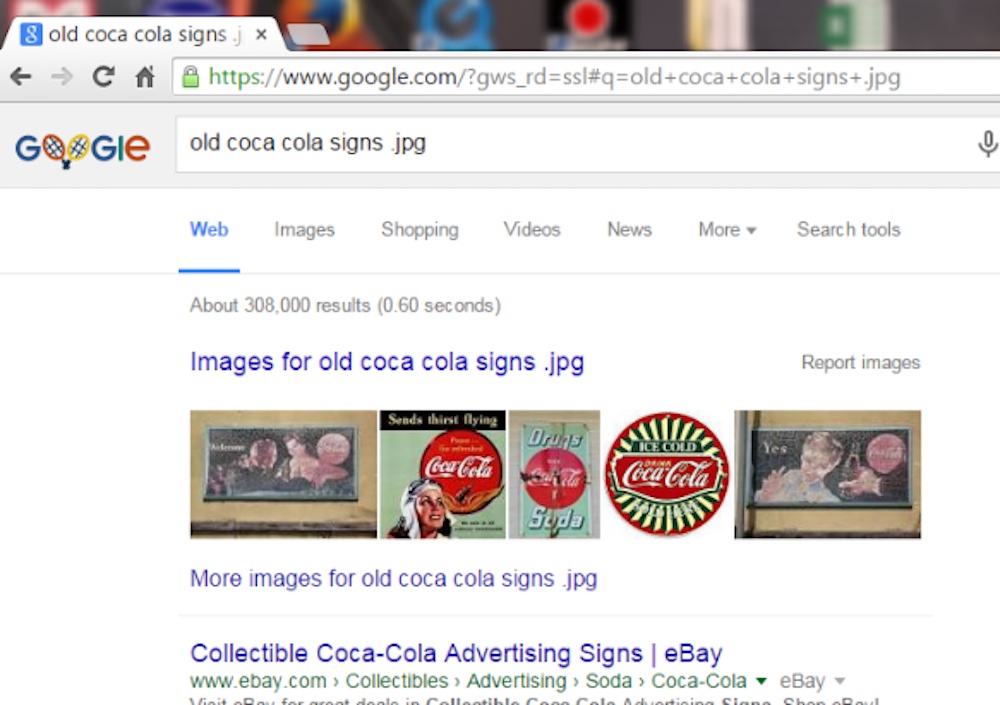
Make building signs from polyester labels: In our hobby, the little things can make a big difference. When adding buildings to our railroads, it’s details like signs that help us determine if it’s the local drug store or the donut shop. Signs also clue us in to what era the railroad is set in. I […]
Read More…
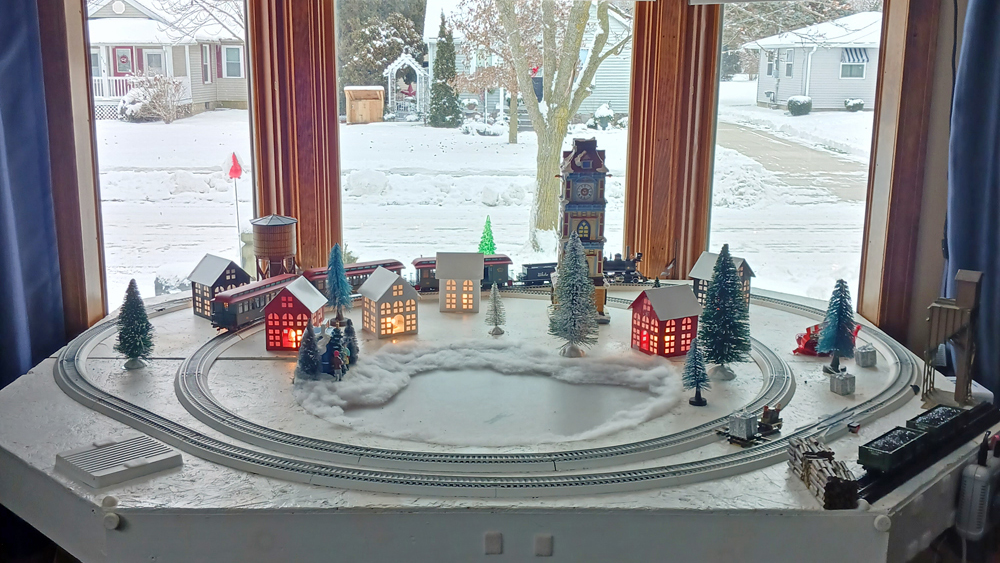
Every year starts with lights, and then trees. And upon the tree are decorations. Then there are tracks. And upon the tracks are trains. With the trains come happy children, followed by basement layouts. My grandkids have loved trains since before they could walk. The first train was a circle of track on the carpeted […]
Read More…
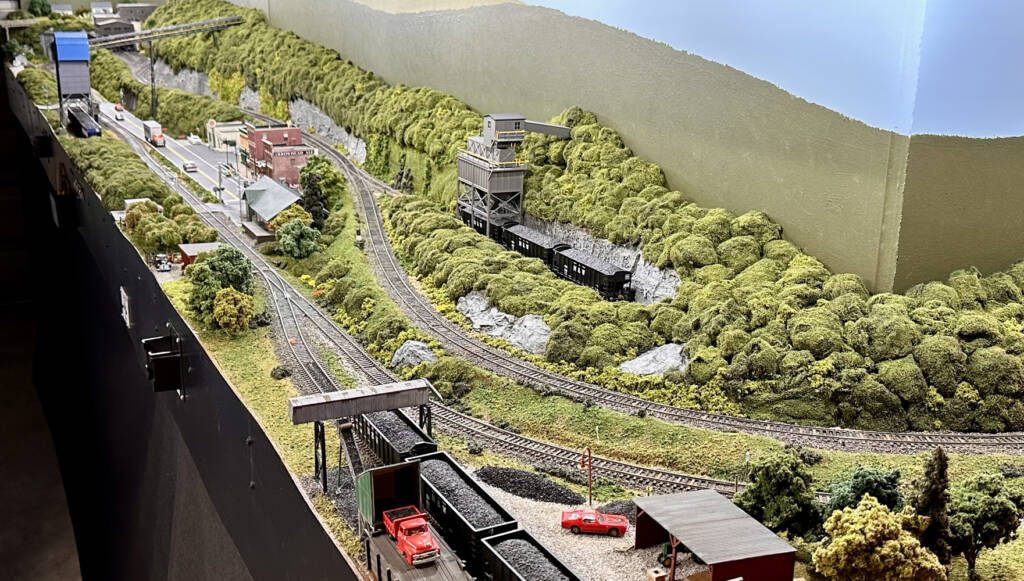
Built by Others is an article series showcasing layouts constructed by modelers using plans and projects from the pages of Model Railroader and its associated products. The Virginian project layout first appeared in the pages of Model Railroader in January of 2012. Dustin Whitten’s Norfolk & Western South Branch layout took inspiration from this project […]
Read More…
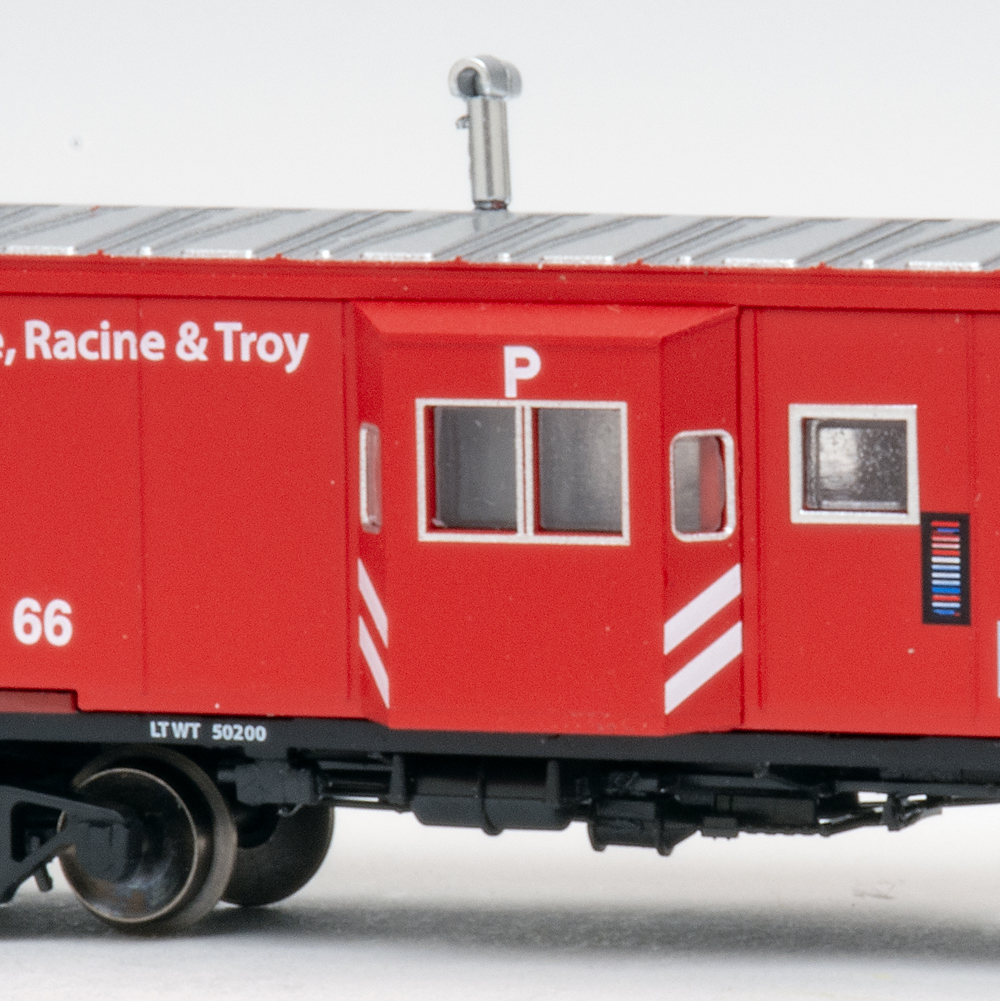
Q: I recently ordered one of the Milwaukee, Racine & Troy N scale bay-window cabooses from Shop.Trains.com. What does the “P” on top of the bay window stand for? — R. Anderson A: The “P” indicates it’s a pool caboose, one not assigned to an individual conductor or specific crew. Former Senior Editor Jim Hediger […]
Read More…
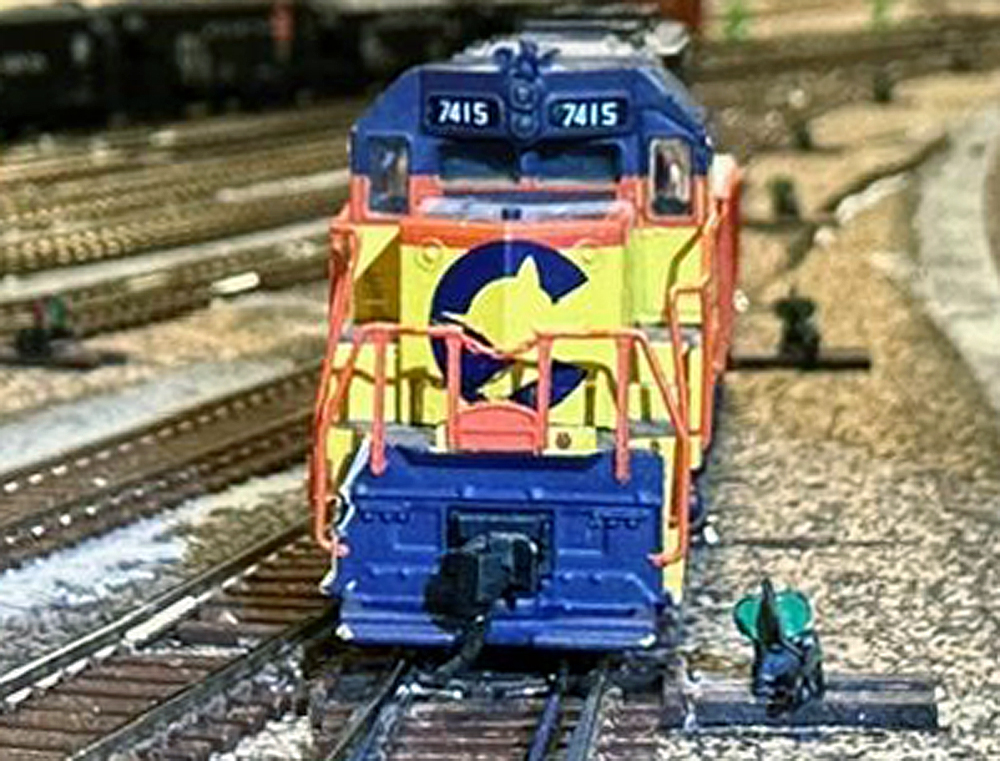
My N scale model railroad has about 50 mainline and storage track turnouts, all controlled by Tortoise by Circuitron motors and Digitrax SE8s for total control via Java Model Railroad Interface (JMRI) as well as manual local and via Digital Command Control with a DCC throttle. I’m adding another 30 to 40 or more turnouts […]
Read More…
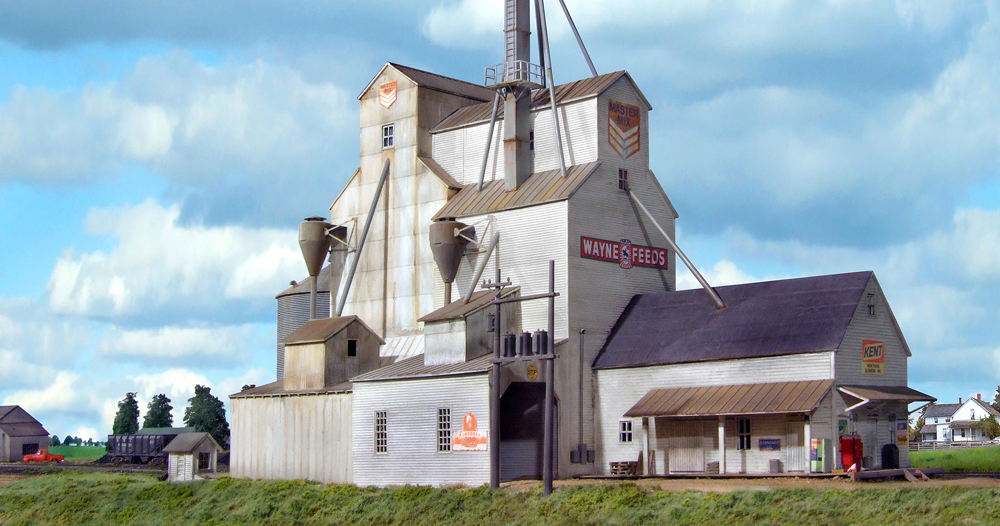
Last month we took a look at modeling urban scenery. This time around, we’ll step back from the big city and focus on rural scenery. I spent my formative years in the Red River Valley of the North, which was dotted with small towns up and down the Minnesota and North Dakota sides of the […]
Read More…
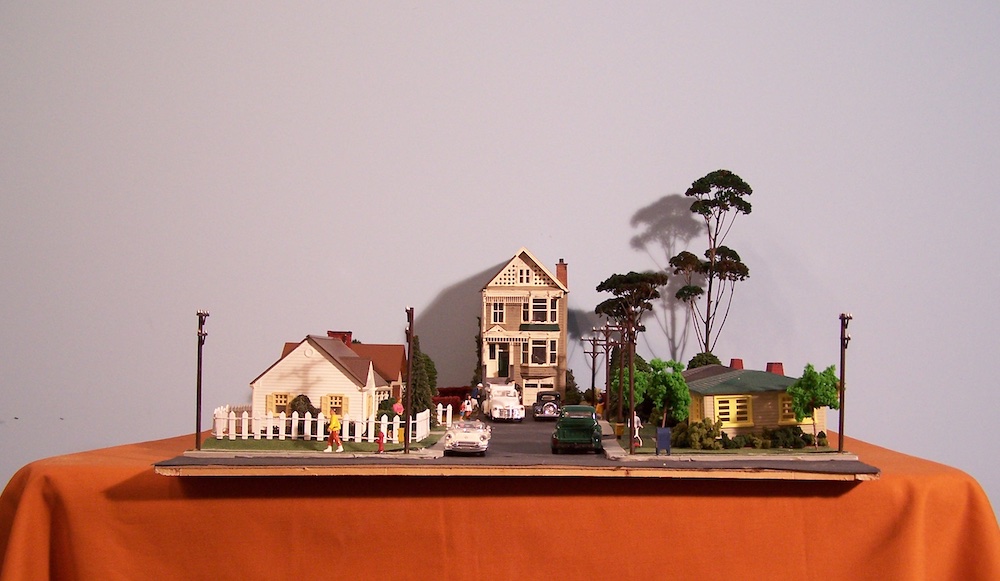
Perhaps you don’t have the space to build a layout but still want to build “something.” Maybe your layout is already built but you’re looking to renovate a scene or section. Or there might be a show coming up and you want to highlight a scene or show off an animated feature. The solution to […]
Read More…











